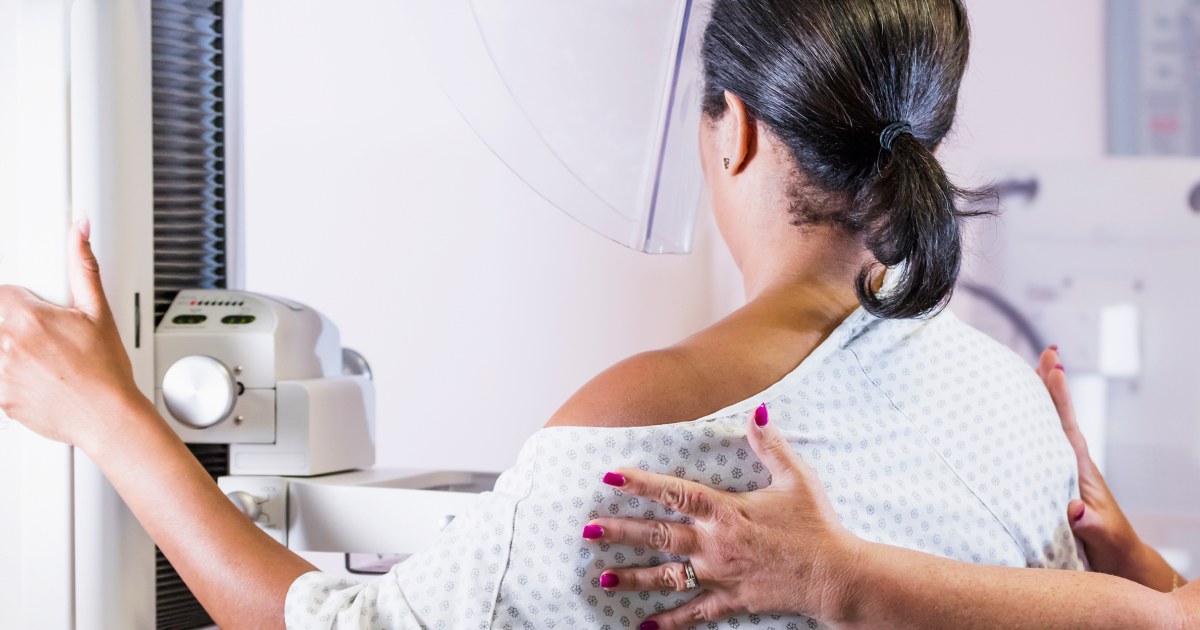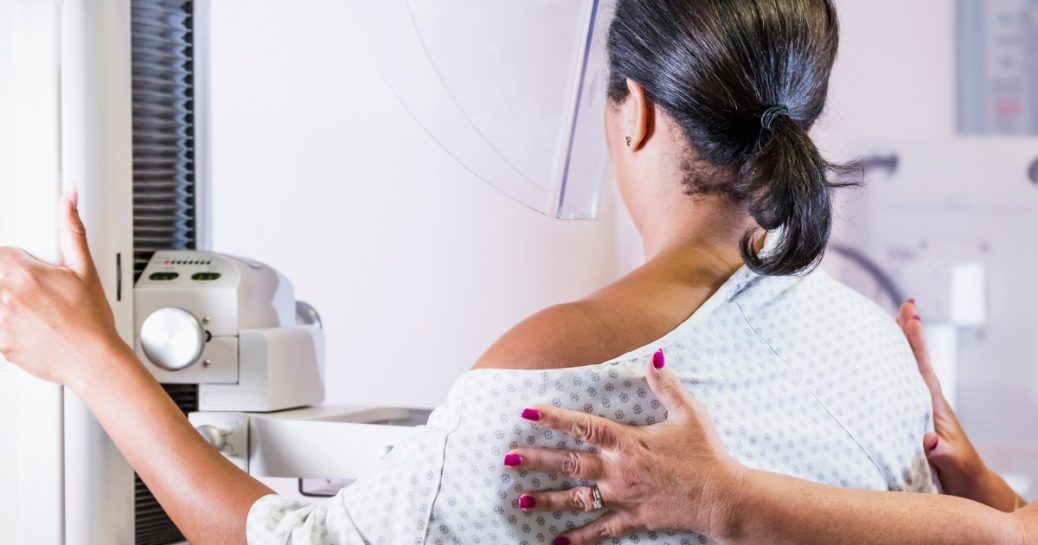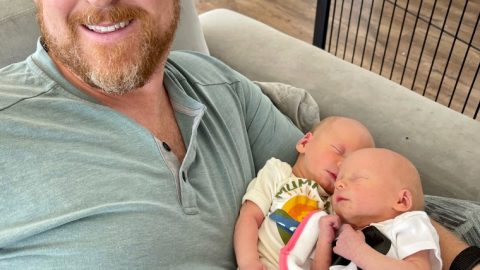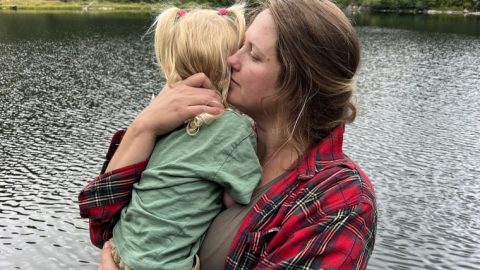
Black women are more likely than white women to die from even the most treatable types of breast cancer, a study published Tuesday in the Journal of Clinical Oncology found.
The findings, experts say, underscore that it’s racial disparities, not biology, driving the biggest differences in death rates between Black and white women. While Black women and white women are diagnosed with breast cancer at similar rates, Black women are 40% more likely to die from the disease.
“Within health care there was this notion that an important contributor to disparities was that Black women have higher rates of triple-negative,” which is a particularly aggressive type of breast cancer, said lead author Erica Warner, a cancer epidemiologist at Massachusetts General Hospital.
While that does play a role in the higher rates of death, Warner said, “based on these results it isn’t a significant or even a primary reason.”
Warner and her colleagues conducted a meta-analysis that looked at 18 studies with nearly 230,000 patients with breast cancer in total, 34,000 of whom were Black, comparing the mortality rates of Black women and white women with the same breast cancer molecular subtypes.
A cancer’s subtype affects how the tumor behaves and responds to treatments, which largely influences mortality rates.
For breast cancer, subtypes depend on what type of receptors are found on the surface of the tumor cell. Hormone receptor-positive (HR-positive) tumors have receptors for either estrogen or progesterone, two female hormones. HER2-positive tumors have a kind of receptor that allows the tumor to spread more quickly — or better respond to treatment.
In all cases, the receptors can serve as clear targets for treatments. Tumors that have none of these receptors are referred to as triple-negative and are the most difficult to treat.
For the most common subtype, HR-positive, HER2-negative, which accounts for 60% to 70% of all breast cancer diagnoses, Black women were 50% more likely to die from the disease than white women. For those with HR-positive, HER2-positive tumors, Black women were 34% more likely to die than white women.
Black women were 17% more likely to die from triple-negative breast cancer than white women, a finding that surprised Warner.
Although Black women are three times more likely to be diagnosed with triple-negative breast cancer than white women, given the high mortality rates for this type of cancer in everyone, the researchers did not expect to see a notable difference between races.
“We thought that the hormone receptor-positive tumors is where we would see the biggest disparities and that we would not see a difference in the triple-negative tumors,” Warner said. “In reality we saw disparities of similar magnitudes across all breast cancer subtypes that we looked at.”
‘If we can create them, we can eliminate them’
That the biggest disparities were seen among women diagnosed with hormone receptor-positive tumors highlights the role racial disparities play in the mortality rates, said Dr. Eric Winer, director of the Yale Cancer Center.
“In these cancers, people need to be on extended treatment with hormonal therapy for five years or more, which is often associated with out-of-pocket cost, so economics play a role,” Winer said. “People are falling through the cracks, whether that is because they are unable to afford hormone therapy, not as able to take it or not, or not able to pick up their medication.”
Doctors may also not be offering such extended treatments to Black or low-income patients as often, he added. Not all Black women are low-income or uninsured, but Centers for Disease Control and Prevention data shows that Black patients are more likely than white patients to be uninsured.
It’s one of many structural barriers Black women are more likely to face, said Dr. Wendy Wilcox, chief women’s health officer at New York City Health + Hospitals.
“There are all these things we don’t tend to think about when we think about treating breast cancer, but they absolutely have an effect,” she said.
So-called social determinants of health — including not just access to good health care, but child care, transportation to and from appointments, time off from work, access to healthy food, and living in an area with low levels of pollutants — all factor into who has better health outcomes across the board.
“There has been a long-standing lack of Black women being represented in clinical trials,” Wilcox added. “From the very beginning, the breast cancer treatment research phase, Black women are not being represented.”
Black women are also more likely to have breast cancer at a younger age, but not be diagnosed until their cancer is at a more advanced stage.
“Regardless of subtype it’s about early detection,” said Dr. Marissa Howard-McNatt, director of the Breast Care Center at Atrium Health Wake Forest Baptist in North Carolina. “Black women tend to get breast cancer at a younger age. Screening doesn’t start until age 40, but a lot of Black women can get breast cancer in their 30s.”
Anyone who has a history of breast cancer in their family should start screening with mammograms 10 years before a sibling or parent was diagnosed, Howard-McNatt said.
“Women in all racial ethnicities, especially Black women, need to know their family history,” she said.
She added that helping Black women diagnosed with breast cancer access health care facilities that have patient navigators, which assist patients with everything from understanding their treatment options to arranging transportation, could help begin to shrink the disparities these women face.
There weren’t always differences in the breast cancer death rates between Black and white women.
“If you look at breast cancer data from 40 years ago, there really weren’t differences in mortality for breast cancer between Black and white women. We weren’t very good at treating and diagnosing it. But as we’ve gotten better, the gap between white and Black women has grown,” Warner said. “That is problematic, but that also tells us we have our foot on the pedal for these differences. If we can create them, we can eliminate them.”










Recent Comments